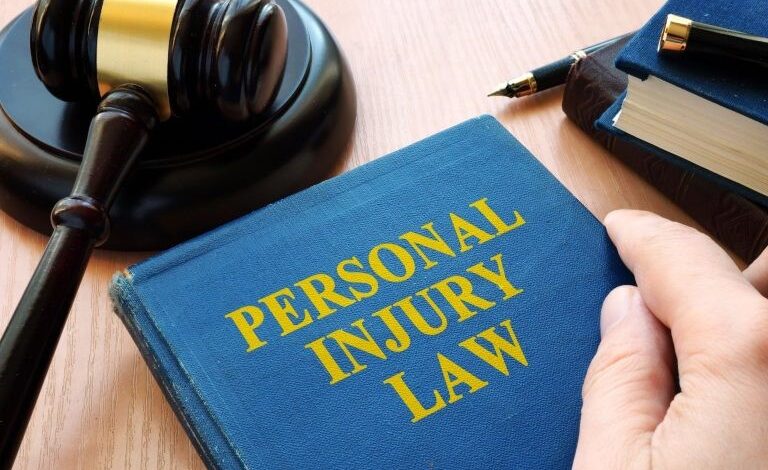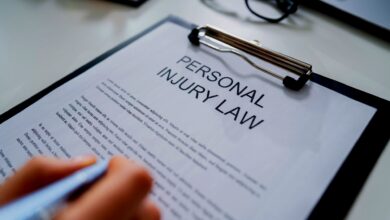The 4 Elements of Personal Injury Cases And How to Prove Them

Personal injury cases can be complex and daunting, especially for those who have never been involved in one before. They involve proving that someone else was negligent or careless and that this negligence caused injury or harm to the plaintiff. In order to succeed in a personal injury case, the plaintiff must prove four key elements: duty of care, breach of duty, causation, and damages. All of these elements can be challenging to prove, but with the right evidence and legal guidance from a personal injury lawyer can succeed in obtaining the compensation they deserve.
Read More: 5 Most Common Types of Personal Injury Cases
You have a legal right to compensation if you have been injured in an accident because of another entity. Visit www.dongaline.com to learn about how to take action against the negligent party. In this article, we will delve into the four elements of personal injury cases and explore how to prove each one. Whether you are a victim of a car accident, slip and fall, or medical malpractice, understanding these elements is essential to achieving a successful outcome in your personal injury case.

4 elements of negligence and how to prove them
The courts created standards and classifications for negligence to fight against the uncertainty of what may be considered reasonable. They entail 4 factors, and this article will explain the 4 elements in detail.
Duty of care
The duty of care is a legal obligation that one person has to act with reasonable care toward others to avoid foreseeable harm. In personal injury cases, the defendant must have owed the plaintiff a duty of care. For example, drivers have a duty of care to other drivers, pedestrians, and cyclists to operate their vehicles safely and obey traffic laws. To prove a breach of duty of care, the plaintiff must show that the defendant failed to meet the required standard of care using expert testimony, industry standards, and statutes or regulations,
Breach of duty
Breach of duty is the second element of a personal injury case. It refers to a failure to meet the standard of care owed by the defendant to the plaintiff, resulting in harm or injury. A breach of duty may occur when a person fails to act as a reasonable person would have acted in the same situation.
For example, if a driver runs a red light and hits a pedestrian crossing the road, the driver may be found to have breached their duty of care by failing to obey traffic laws and exercise caution while driving. In this case, the plaintiff would need to prove that the driver’s breach of duty caused their injuries, such as by showing medical records, witness statements, or other evidence.
Causation
Causation is the third element of a personal injury case. It refers to the connection between the defendant’s breach of duty and the plaintiff’s injuries. To prove causation, the plaintiff must establish a direct link between the defendant’s breach of duty and their injuries. This can be done through medical records, expert testimony, or other evidence that shows a clear connection between the defendant’s actions and the plaintiff’s injuries.
For example, if a plaintiff was injured in a car accident and claims that a defective car part caused the accident, they may need to provide evidence such as expert testimony or physical evidence to prove that the defective part caused the accident and their injuries. Similarly, if a plaintiff claims medical malpractice, they may need to provide medical records or expert testimony to show that the doctor’s actions directly caused their injuries.
Read More: 7 Benefits of Hiring a Personal Injury Lawyer
Actual damages
Damages are the final element in a personal injury case. It refers to the harm or injury that the plaintiff has suffered as a result of the defendant’s breach of duty. Damages may be physical, emotional, or financial in nature and can include medical expenses, lost wages, pain and suffering, and other related costs. In some cases, the damages may be relatively easy to prove. However, in other cases, such as when the injury is psychological in nature, proving damages may be more challenging.
Conclusion
In conclusion, personal injury cases involve four key elements that must be proven to succeed. Successfully establishing all four elements requires careful documentation, expert testimony, and an understanding of the legal process. Personal injury cases can be difficult to handle alone, but with the help of an experienced personal injury attorney, plaintiffs can seek justice and receive compensation for their injuries.












2 Comments